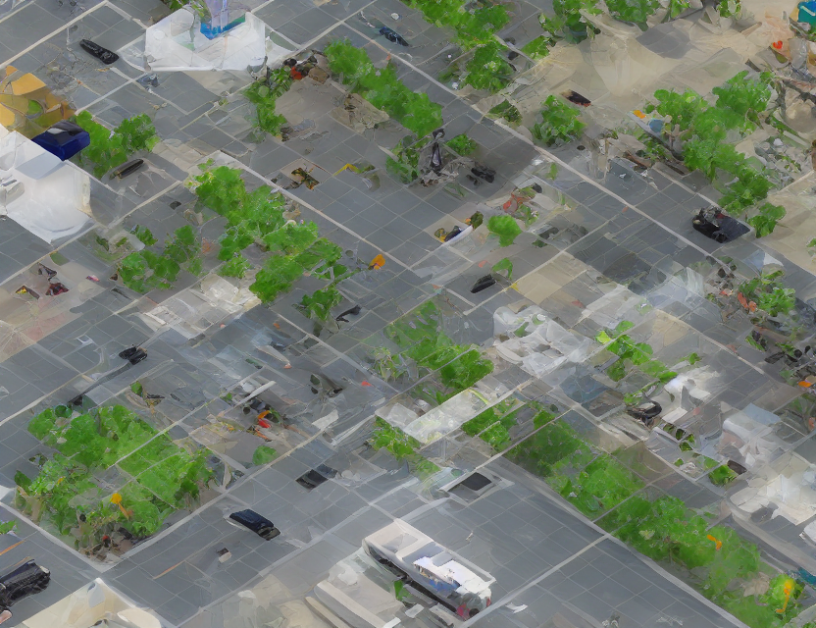Traditional multi-object tracking (MOT) methods rely on hand-crafted features and heuristics to separate objects from the background and track them over time. However, these methods have limitations in dealing with complex scenarios, such as occlusions, illumination changes, and object deformations. To overcome these challenges, recent works have proposed end-to-end trainable MOT methods that use deep neural networks to learn features and perform tracking. These advance MOT methods have shown better performance compared to traditional methods.
Types of MOT Methods
There are several types of MOT methods, including tracking-by-detection, joint-detection-tracking, transformer-tracking, and memory-tracking. Tracking-by-detection methods detect objects in each frame and then track them over time. Joint-detection-tracking methods jointly perform object detection and tracking in a single stage. Transformer-tracking methods use transformers to learn features and perform tracking, while memory-tracking methods use a memory component to store information about previous detections to aid in tracking.
Research Gap
Despite the advances in MOT, there are still several research gaps that need to be addressed. One of the main challenges is the lack of large-scale datasets for training and evaluating MOT methods. Most existing datasets have limited samples and are not diverse enough to cover various scenarios. Additionally, there is a need for better evaluation metrics and methods to assess the performance of MOT algorithms.
Experimental Setup
To evaluate the effectiveness of our methodology, we used several public datasets and sports data. We conducted ablation experiments to analyze the impact of different components of our approach and compared it with various state-of-the-art methods.
Results
Our results show that our method outperforms traditional MOT methods in terms of both accuracy and efficiency. We also demonstrate the effectiveness of our memory component in aiding object tracking, especially in scenarios with occlusions and illumination changes.
Conclusion and Future Work
In conclusion, our study demonstrates the effectiveness of advance MOT methods in improving the performance of traditional MOT. We identified the research gaps and proposed several directions for future work, including the need for large-scale datasets and better evaluation metrics. Our method has the potential to be applied in various fields, such as robotics, autonomous driving, and video surveillance.



